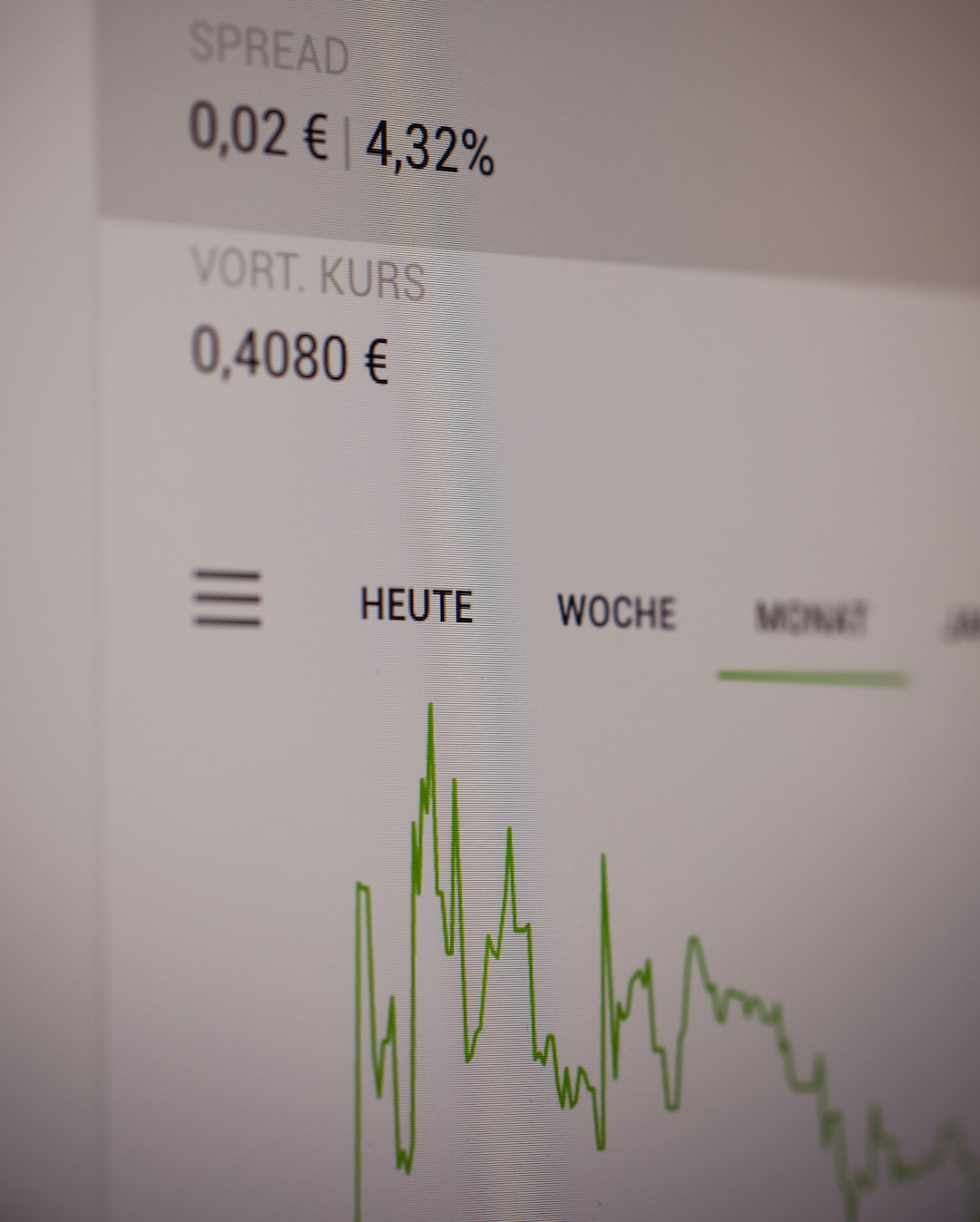How to Interpret Volatility Indicators in Forex Trading
Volatility is a crucial aspect of the forex market. It refers to the degree of variation in a currency pair’s price over a specific period. Traders must understand and interpret volatility indicators to make informed decisions and develop effective trading strategies. In this article, we will discuss the significance of volatility indicators in forex trading and explore different methods to interpret them.
Why are Volatility Indicators Important?
Volatility indicators help traders gauge the potential price movements in the forex market. They provide valuable insights into market conditions, allowing traders to identify periods of high or low volatility. By understanding volatility, traders can adjust their strategies accordingly and make informed trading decisions.
Volatility indicators also assist in determining the risk associated with a trade. Higher volatility indicates greater potential profit, but it also signifies increased risk. Conversely, lower volatility suggests a more stable market but may limit profit opportunities. By interpreting volatility indicators, traders can manage risk effectively and optimize their trading outcomes.
Different Types of Volatility Indicators
There are several volatility indicators available to forex traders. Let’s explore some of the most commonly used ones:
1. Average True Range (ATR): ATR measures the average range between high and low prices over a specific period. It provides an indication of the average volatility in a currency pair. A higher ATR value suggests higher volatility, while a lower value indicates lower volatility.
2. Bollinger Bands: Bollinger Bands consist of a simple moving average (SMA) and an upper and lower band, representing standard deviations from the SMA. The width of the bands reflects the volatility of the currency pair. When the bands are narrower, it indicates lower volatility, while wider bands suggest higher volatility.
3. Relative Volatility Index (RVI): RVI measures the volatility based on the closing price relative to the high-low range. It helps identify overbought or oversold conditions in the market. Higher values indicate higher volatility, while lower values suggest lower volatility.
Interpreting Volatility Indicators
Now that we understand the significance of volatility indicators let’s discuss how to interpret them effectively:
1. Identify Periods of High and Low Volatility: Volatility indicators help identify periods of high and low volatility in the market. During high volatility, prices can move rapidly, providing more trading opportunities. Conversely, low volatility periods may indicate consolidation or a lack of significant market moves.
2. Confirming Breakouts: Volatility indicators can help confirm breakouts. When a currency pair breaks out of a range or a significant level of support or resistance, high volatility is often observed. Confirming the breakout with a volatility indicator can provide confidence in the validity of the move.
3. Setting Stop Loss and Take Profit Levels: Volatility indicators assist in setting appropriate stop loss and take profit levels. During high volatility, wider stop loss levels are required to allow for price fluctuations. Conversely, during low volatility, tighter stop loss levels may be sufficient.
4. Adjusting Trading Strategies: Volatility indicators help traders adjust their trading strategies based on market conditions. During high volatility, short-term trading strategies, like scalping or day trading, may be more suitable. On the other hand, during low volatility, long-term strategies, such as swing or position trading, may be more effective.
5. Avoiding Trading During Low Volatility: Low volatility periods often result in choppy and unpredictable price movements, making it challenging to make profitable trades. Volatility indicators can help traders identify these periods and avoid trading during such times to minimize risk.
Conclusion
Interpreting volatility indicators is essential for successful forex trading. These indicators provide valuable insights into market conditions, risk assessment, and the identification of trading opportunities. By understanding and utilizing volatility indicators effectively, traders can develop robust trading strategies and improve their overall trading performance.





